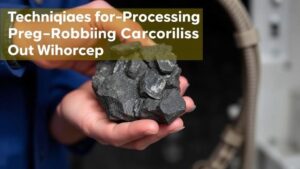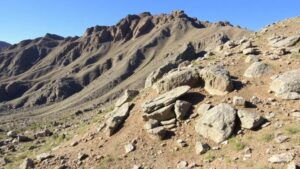Choosing the Best Gold Panning Locations for First-Time Prospectors
Choosing the Best Gold Panning Locations for First-Time Prospectors
Gold panning is both an exciting and educational outdoor activity that combines adventure with the possibility of finding real gold. For first-time prospectors, however, the challenge lies in knowing where to begin. The location you choose can significantly affect your chances of success, enjoyment, and overall experience. This article outlines key considerations to help novice gold panners select the best sites for their journey.
Understanding Gold Deposition
Before choosing a gold panning site, its essential to understand how and where gold is typically deposited in nature. Gold is often found in riverbeds, streams, and sandy or gravelly areas where water flow has carried and concentrated gold particles. This natural process occurs because gold is denser than most other materials, making it likely to settle in areas with lower water velocity.
- Alluvial Deposits: These are deposits of gold left behind by the movement of water, typically found in bends of rivers or beneath waterfalls.
- Bedrock Crevices: Look for areas where the water has worn down rock surfaces, creating crevices that can trap smaller particles of gold.
Researching Local Regulations and Permission
Before heading out, familiarize yourself with the legal aspects of gold panning in your chosen location. Many areas have specific regulations regarding recreational prospecting that you must adhere to, including permits or designated areas where panning is allowed.
- State Parks and National Forests: Some parks allow gold panning but may have restrictions. Always check the regulations before starting.
- Local Landowners: If planning to pan on private property, ensure you obtain permission from landowners to avoid legal issues.
Identifying Promising Locations
When selecting a gold panning location, consider these essential factors:
- Proximity to Historical Gold Mines: Research areas with a history of gold mining, as they may still contain undiscovered gold deposits.
- Water Source Quality: Clear, flowing water is ideal for gold panning; this often leads to better prospects due to natural sorting processes.
- Accessibility: Choose sites that are easy to access, particularly if you plan to bring children or inexperienced friends.
Evaluating Terrain and Weather Conditions
The physical landscape and weather conditions are critical considerations when selecting a gold panning location. The ideal site should have stable weather, as heavy rains can impact water flow and create hazardous conditions. Evaluate the terrain for safety, looking for areas that are not overly steep or prone to erosion.
Strategies for Finding Gold
Once at your chosen spot, employ a few strategies to enhance your chances of finding gold:
- Start at the River Beds: Focus on sediment deposits along the edges of slow-moving water.
- Try Inside Bends of Rivers: These spots often collect heavier materials, including gold.
- Examine Behind Large Rocks: Large obstructions in the water can create eddies, where gold particles may collect.
Practical Considerations for First-Time Prospectors
Being prepared for your gold panning adventure is essential. Here are a few practical tips:
- Basic Equipment: Invest in a quality pan, classifier, and a small shovel. A plastic or metal pan is essential for separating gold from other materials.
- Dress Appropriately: Wear water-resistant clothing, durable boots, and a hat for sun protection.
- Be Patient and Observant: Finding gold can take time; developing an eye for where gold may settle is part of the learning process.
Conclusion
Choosing the best gold panning location as a first-time prospector involves understanding gold deposition, researching regulations, and identifying promising sites. By preparing adequately and applying effective strategies, you can enhance your chances of a successful and enjoyable experience. Remember, gold panning is not just about finding gold, but also about connecting with nature and enjoying the outdoors.
As you embark on your prospecting journey, document your findings and experiences; you may discover your own unique methods and insights along the way. Happy panning!



